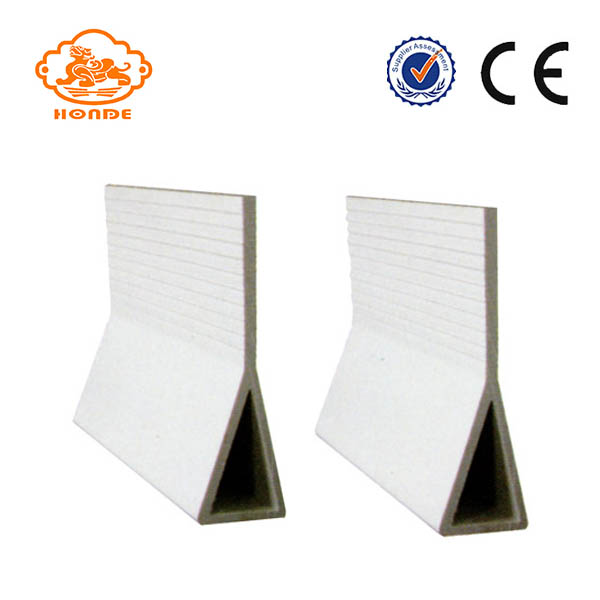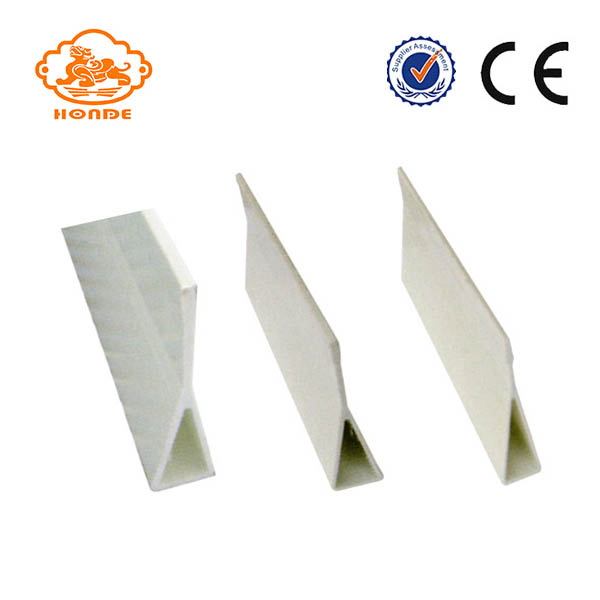There are about 40 species of deer around the world, and 19 species are distributed in our country. Sika deer and red deer are the main deer in our country. Sika deer are mainly produced in Jilin and Liaoning; red deer are mainly produced in Heilongjiang, Jilin, Qinghai, Xinjiang and Sichuan provinces. Northeast sika deer harvested called "flower antler", the best quality; The Northeast Red Deer harvested is called "Eastern Horse Velvet" and has superior quality. Produced in the northwest is called "West Horse Velvet" and is of inferior quality. Deer antler refers to the horn of a deer or red deer that has not ossified and fluffy. The male deer of the deer and red deer aged 8-10 months after birth gave rise to a forehead that formed a long velvet foundation. After 2 feet of age, the velvet antler gave birth. The velvet antler was born 3-6 years ago. Antler is a rare medicinal herbs. The pilose antler contains phospholipids, glycolipids, gums, hormones, fatty acids, amino acids, proteins, and calcium, phosphorus, magnesium, and sodium, among which the amino acid composition accounts for more than half of the total composition. The velvet antler is warm but not dry, and has the invigoration and improvement of body functions. It has a good physical effect on patients with systemic weakness and chronic illness. There are two kinds of pilose antler tablets I made in China: Blood tablets and powder tablets are mainly different parts of velvet antler. The blood piece is cut off at the top of the antler and is dark brown, dense waxy, shiny and of the best quality; The powder is cut from the middle and lower part of the antler, white or slightly yellow. The antler is divided into sawdust and velvet, depending on the method of harvesting and processing. Sawmilling begins when the Bucks are three years old. The two-barreled antler can be harvested twice a year, 40-50 days after the Ching Ming Festival, with two sticks of antler (head stalk antler), and 50-60 days after harvesting with velvet (three stalk velvet). Three pods are harvested once a year and they are conducted around the end of July. The velvet is deer antler of the old deer, sick deer or dead deer together with the brain-bones button, and is also divided into two bars, three bowls and other specifications. Flower antler main branch (big) is a cylindrical pile, more with 1-2 branches. With 1 branch, commonly known as "second bar", the main branch length 14-20 centimeters, saw the mouth diameter of about 3 centimeters, from the saw mouth about 3 centimeters branches, branch length 10-15 centimeters, the diameter of the main branch slightly fine. The skin is reddish-brown or brown, and it is more smooth, with red, yellow, or brown-yellow dense hairs on the surface, and the upper end is dense. The lower part is sparse. There is a gray vein between the tillers, and the skin is tight. Lightweight, white cut, fine peaks and no bone on the outside. Slight gas, slightly salty taste. With two branches, commonly known as "three pods", the main branch length is 24-30 cm, the diameter is thin and not round, slightly curved, slightly backward, tip slightly pointed, the lower part has longitudinal ribs and protrusions疙瘩 (called "bone bean"). The osseous periphery is ossified. The center has a bee eye, and the outer skin is reddish-brown, and the hair is thin and thick. The primordial antler is a conical, uncontaminated cone that is slightly pointed, 15-30 cm long, and 2-3 cm in diameter. The skin is densely yellowish-brown or light gray with fine hairs, and the base shows more bone beans. The shape of the regenerative antler is often a saw blade or a stand of 10-15 cm. It is generally quite flat, with a thick upper part and a longitudinal rib. The skin is thin, the hair is rough, the body is heavier, the kerf is round, and it has become basic ossification. The center shows only a little bit of bee-eye and no gas. The original flower antler is thick and round, full-bottomed, tender, fine-brown, shiny, red-yellow, and red-brown. The velvet body is thin, the lower part is ribbed, the hair is rough, and the weight is the quality. Among them, flower sawweed is used for the superiority of the second bar, the third barn is better, the quality of the velvet is regenerated, and the first velvet is the most time. Identify the old and tender velvet, you can touch the hand, soft and tender hair is tender, just for the old; or use your fingers to knock the antler, the sound earns tender, the sound of sand is old. The pilose antler is thicker than the flower antler and has more branches. One of the side branches is commonly known as "single door", the other is called "lotus", the three are called "three chants", the four are called "four chants," or more. many. Among them, Lotus, Sanhe and Sifu are the main products. The East Malaysian Velvet “single door†is 25-27 cm long and 3 cm in diameter. The skin is grayish black, velvet-brown or gray-yellow, fine and bright, tender and tender. The keratinous surface is thick, grayish-black, and the central part is yellowish with honeycomb-like pores, slightly purrging, and slightly salty. The "Lotus" is 16-33 cm long and has ribs at its lower part, but it is not old and its mouth is small and its holes are slightly larger. The "three-pronged" skin is dark and of relatively old quality. "Four Scorpions" are thick and thin, and they have ribs and ridges at the lower part. They have no hair at the top of the branches and they are often called "toutou". When the velvet was cut down, the brain was thinner, grayish, and brownish-brown. West Malaysian antler is quite numerous and round, with top and bottom flat and 30-100 cm long. The surface is ribbed, dried and twisted. The branches are long and curved. The hairs are slender, gray or black. According to the deeper color, common sound quality. Bad smell, taste salty. It is better that the pilose antler is full of plumage, light body, and lower ribs. The antler is dried, the hair is rough, the body is heavier, and the lower part has ribs. Most of the hairs of the velvet body have been removed, appear grayish white, or the lower part of the bulge is raised, the internal grayish, and the weight has become ossification should be used as antlers and can not be used as velvet medicine.
Hollow-fiberglass Beams is our company's high-quality livestock used slat flooring system support equipment, which is a kind of Fiberglass Beams. Made of a special antifreeze, high temperature resistant material, with dimensions ranging from 100mm to 135mm, with a sturdy and durable design. Hollow-Fiberglass Beams appear hollow on the side, which gives it better structural stability than the T-beams that are commonly used in poultry broilers. Fiberglass supporting beams withstand the highly corrosive environment of poultry houses, while bearing a large load. Not only that, hollow-fiberglass beams installation and use of very convenient, is a very good agricultural farming equipment. HONDE is the best manufacturer, we can produce according to your special requirements, can also be produced according to your drawings. With our commitment to our products, we offer you the lowest-cost, best-quality hollow-fiberglass beams. Looking forward to your patronage.
Hollow-fiberglass Beams Hollow-Fiberglass Beams,Farm Fiberglass Beams,Animal Farm Fiberglass Beams,Hollow Fiberglass Beams HuangHua FengYi Honde Metal Factory , https://www.farrowingcratesfromchina.com
